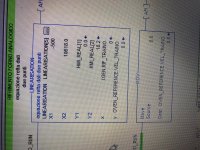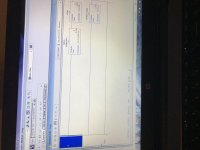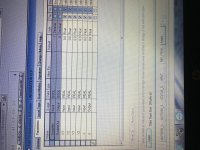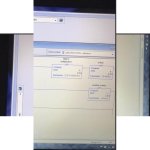I am trying to understand an Italian CompactLogix program. It is for a dough laminator . The block looks like .....,
Linearization
X1. -500
X2. 10618.0
Y1. HMI Real [1]. 0.0
Y2. HMI Real [2]. 18.2
X I.Gen.RIF_Traino
Y. Oven_Reference.Vel_Traino
It is a Add-On-Defined Data Type I see in the tree.
Have any of you seen this done before , and if so , what would it be used for ?
Thanks in advance.

Linearization
X1. -500
X2. 10618.0
Y1. HMI Real [1]. 0.0
Y2. HMI Real [2]. 18.2
X I.Gen.RIF_Traino
Y. Oven_Reference.Vel_Traino
It is a Add-On-Defined Data Type I see in the tree.
Have any of you seen this done before , and if so , what would it be used for ?
Thanks in advance.











